We caught up with the brilliant and insightful Yue Dong a few weeks ago and have shared our conversation below.
Yue, appreciate you joining us today. What’s been the most meaningful project you’ve worked on?
I’ve done a lot of meaningful projects that address educational issues about cyberbullying, relieving stress and seeking psychological help, and so on. I think every one of them is meaningful and explore how to solve social problems. But the project that impressed me the most was when I was invited to the UK a few years ago to exhibit at London Design Week. That project was about mutual promotion and cultural exchange between two countries, China and the UK, and between two cities, Shanghai and London. There are very few opportunities for projects of this scale and level.
As two important global cities, Shanghai and London have a remarkable contribution and influence in many ways. Establishing a sister-city relationship can facilitate exchanges and cooperation between the two cities, which is essential for the promotion of culture, tourism, business, and education. And from the perspective of an exhibiting designer & artist, this project helps me better to understand the culture and traditions of both cities and incorporate them into my own designs. It also provides a platform for me to expand my collaboration opportunities and create more space for business opportunities and cooperation.
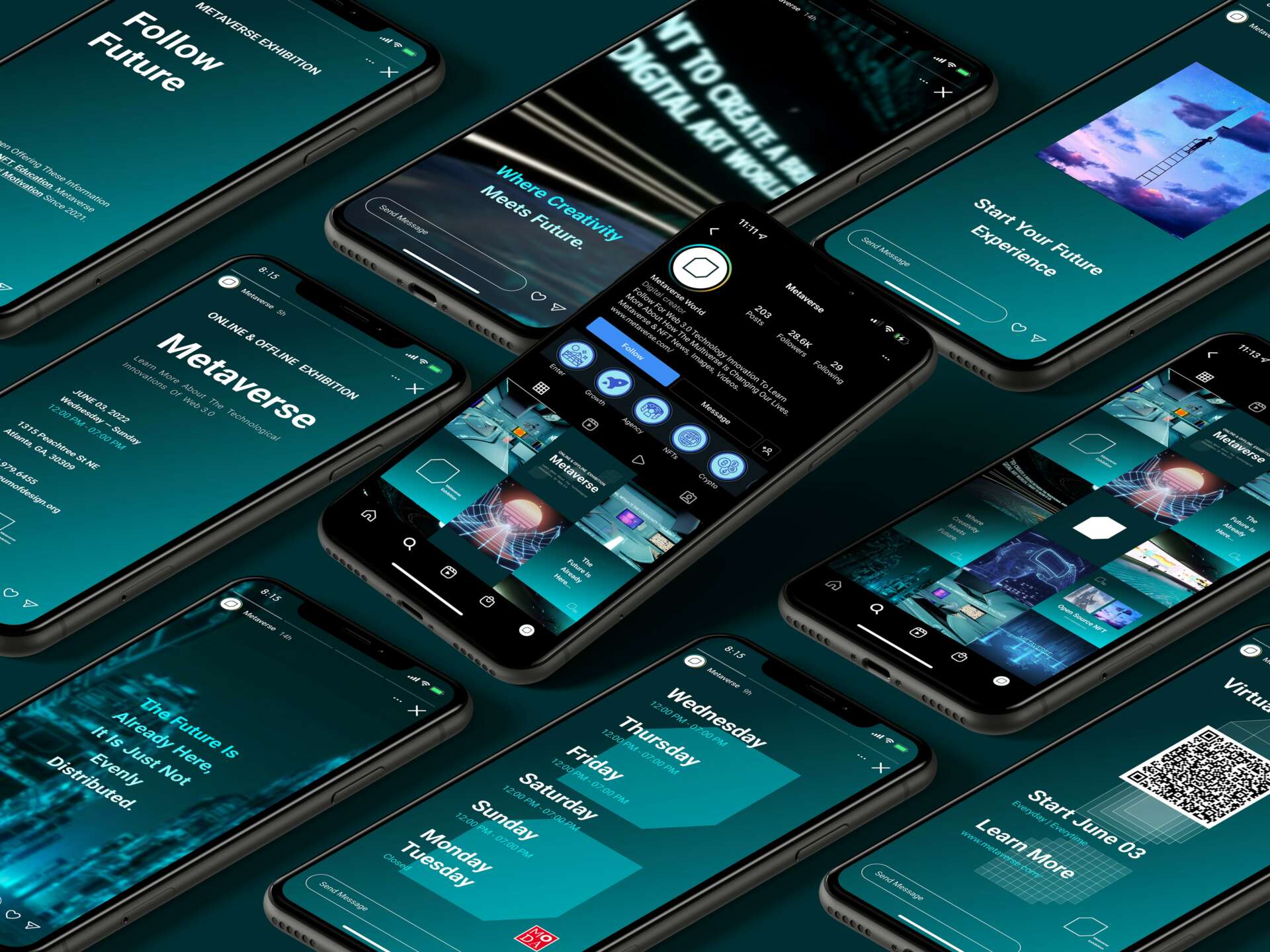
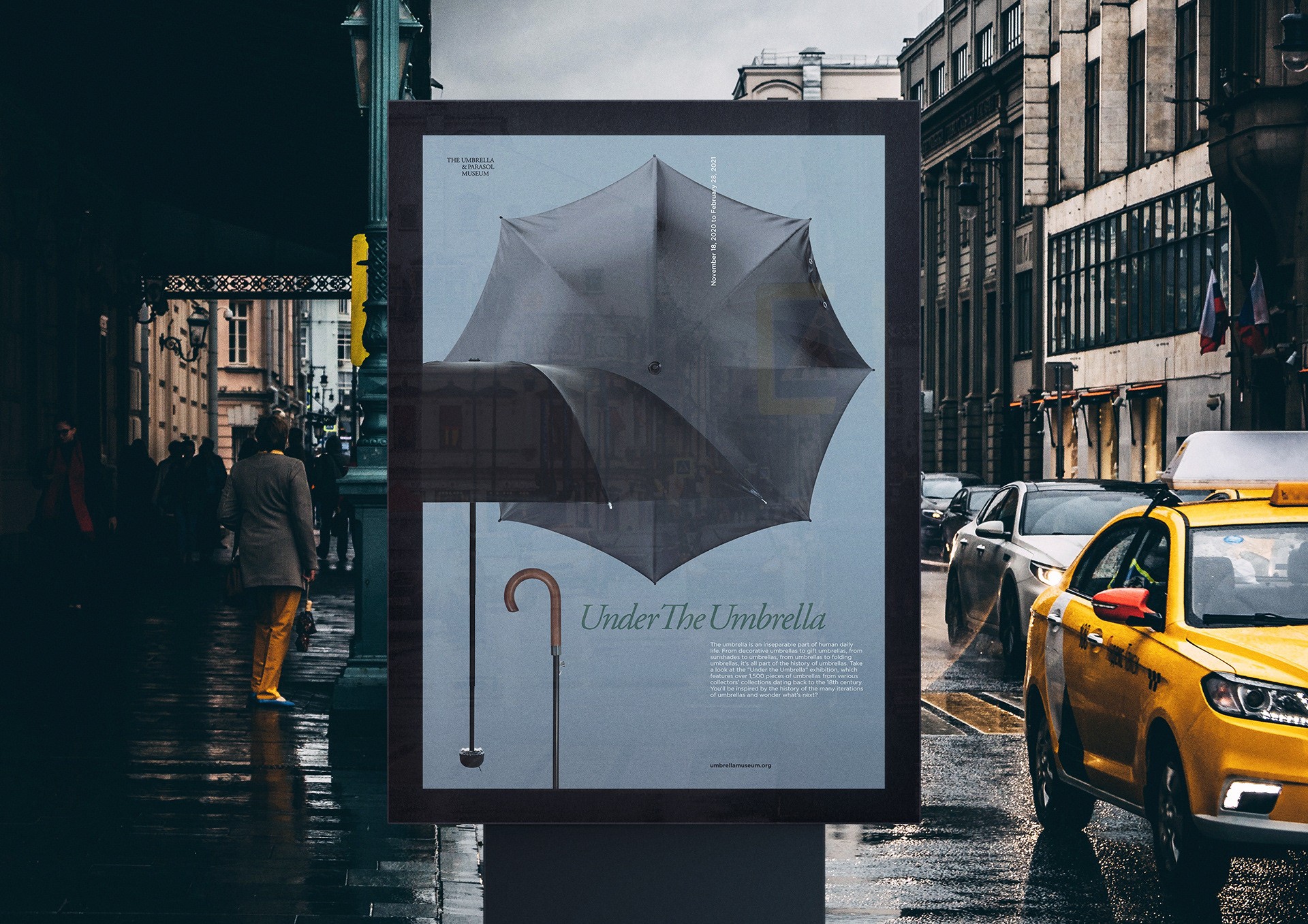
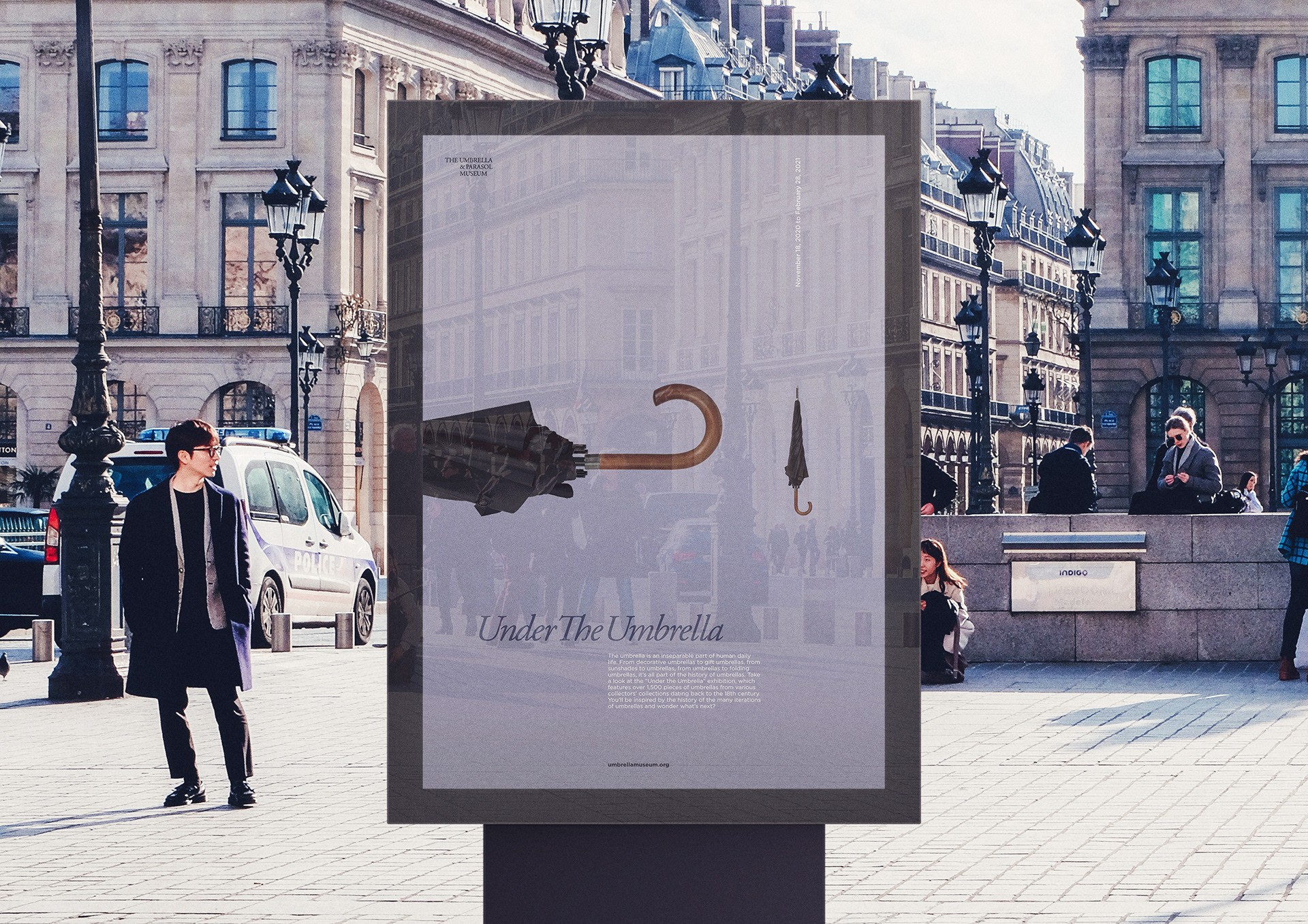
Yue, love having you share your insights with us. Before we ask you more questions, maybe you can take a moment to introduce yourself to our readers who might have missed our earlier conversations?
I am a multidisciplinary designer from China. With experience in study tours and exchange programs in the UK, I currently live and work in Atlanta, GA. I started my studies in the traditional art disciplines of oil painting and drawing and spent over ten years becoming a designer. I currently provide UI/UX design services and brand identity services to clients.
Usually, in commercial work, I provide my clients with complete brand design services, including brand visual identity system design, logo design, brand manual design, brand promotion strategy, etc., to help clients establish a distinctive brand image and improve brand recognition and credibility. In addition, I provide various graphic design services, including poster design, flyer design, magazine design, book design, packaging design, exhibition design, etc., to meet our clients’ promotion and communication needs on various occasions and provide them with unique and professional design solutions.
Currently, I work for a software company, so I also provide website and mobile application design services for clients, including interface design, user experience design, interaction design, information architecture design, etc., to provide attractive, easy-to-use and accessible websites and applications to help clients attract more users and traffic, achieve better user experience, improve user satisfaction and increase user stickiness.
My diverse cultural background has given me many different perspectives on issues. This is one of my strengths and one of the things I am most proud of. I want the products I design for potential clients and any design aspect of a brand to stay true to the character of cultural communication and exchange. To help them find the balance between commercial value and cultural communication value.
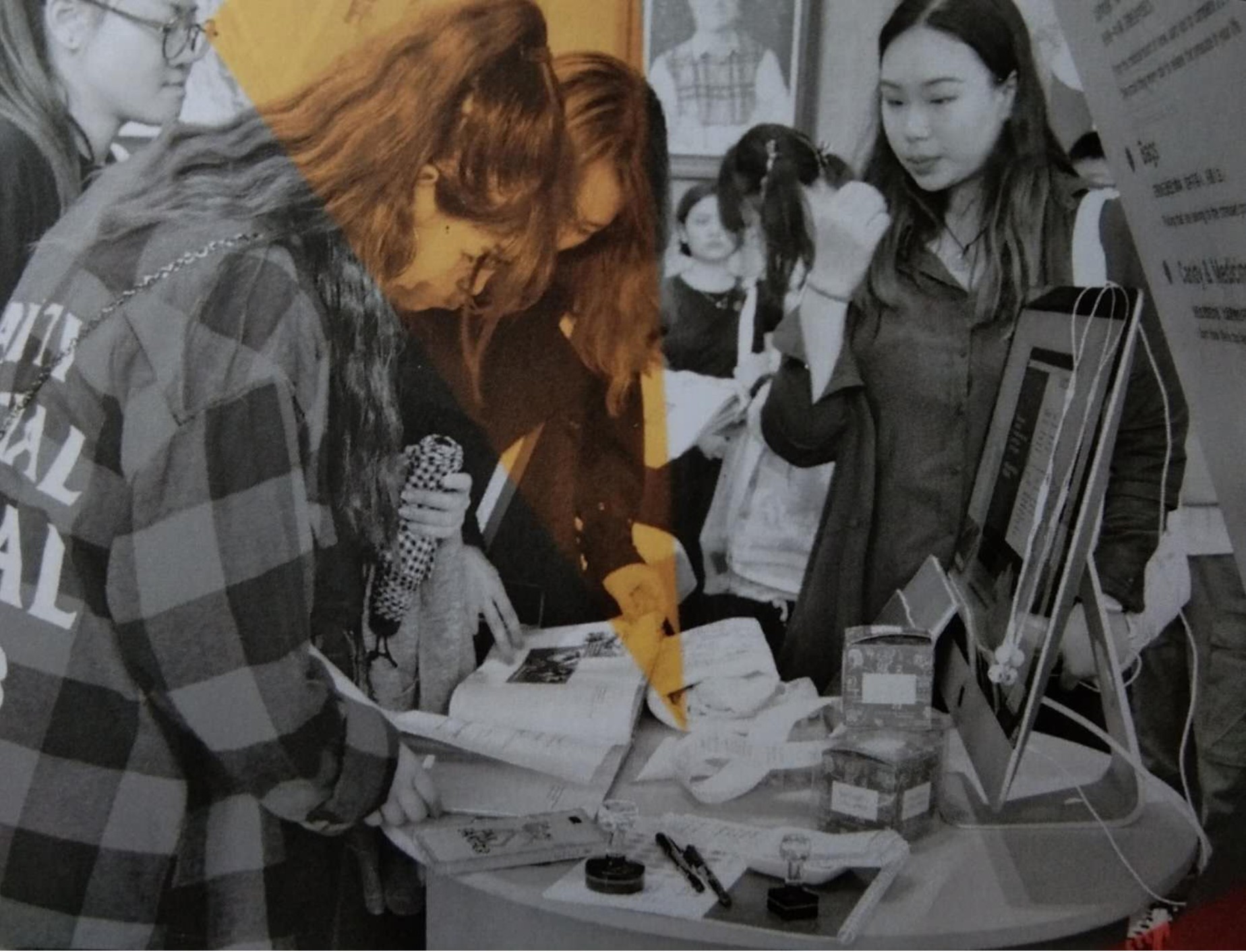
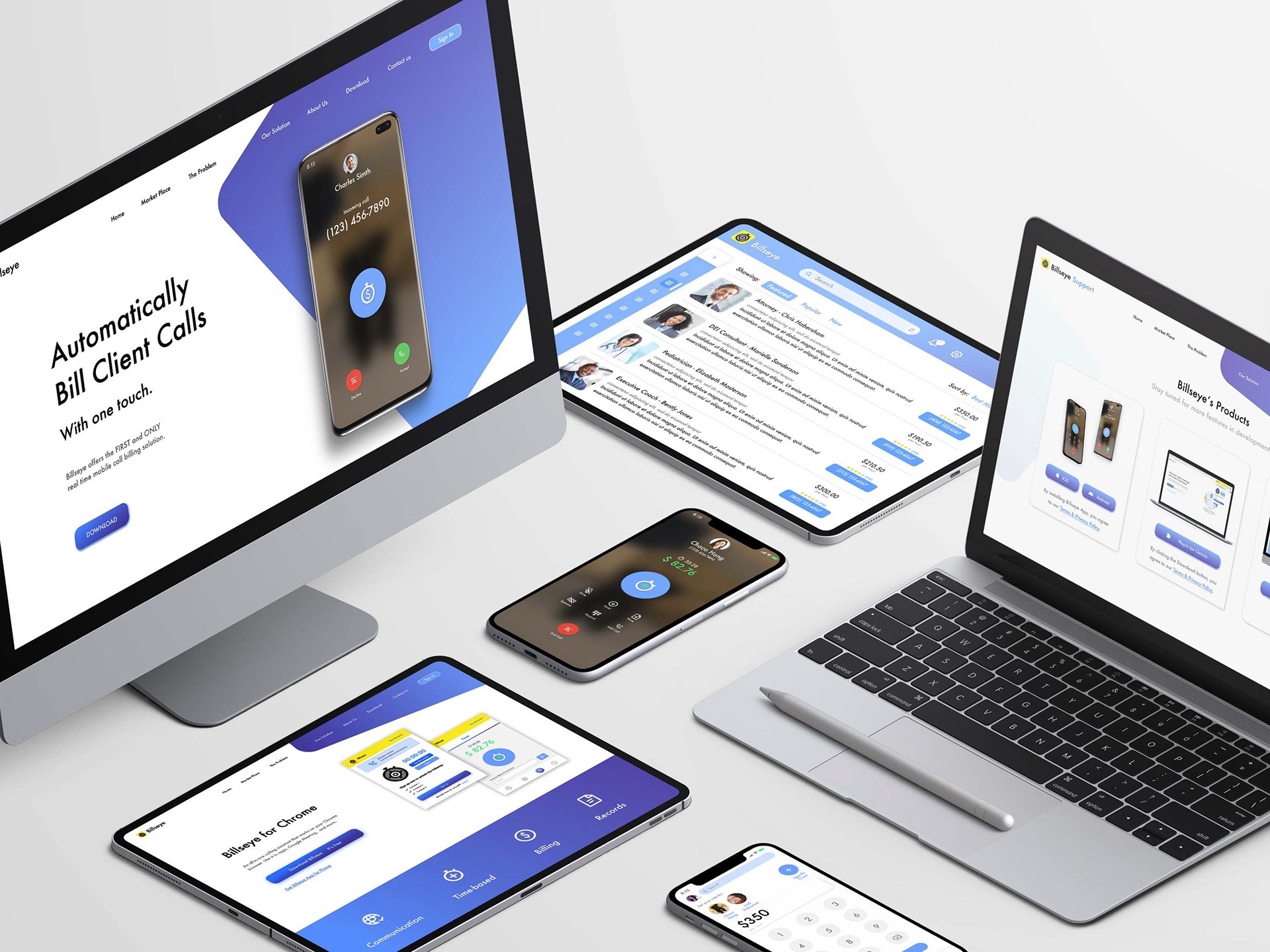
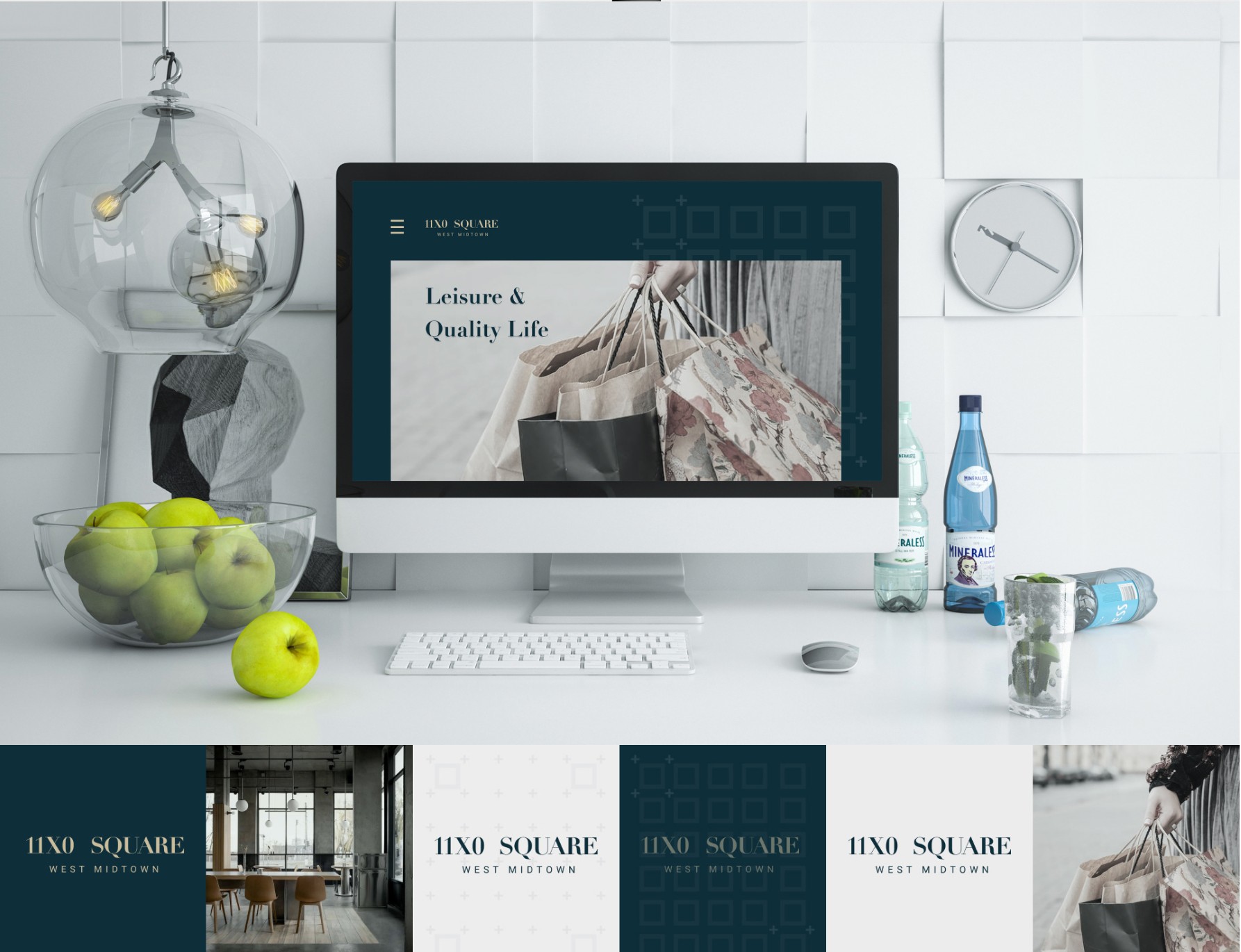
How can we best help foster a strong, supportive environment for artists and creatives?
Supporting artists, creatives, and a thriving creative ecosystem requires broad community support and recognition. The most direct approach is providing artists, creative workers, and creative businesses with relevant financial and venue support, including scholarships, subsidies, and investment sponsorships. In addition, creatives often need appropriate venues to showcase their work and projects. And the government and private institutions can provide venue support, including artists’ studios, exhibition spaces, creative industry parks, etc.
And creative industry practitioners give back to cultural exhibitions, marketable and commercialized works, and marketing methods to investors to gain more revenue or raise awareness and other forms of return. It is imperative to build a virtuous cycle of investment, output, and income, advocate cultural diversity and inclusiveness, and provide equal opportunities and resources to support the development and exchange of various cultures and art forms.

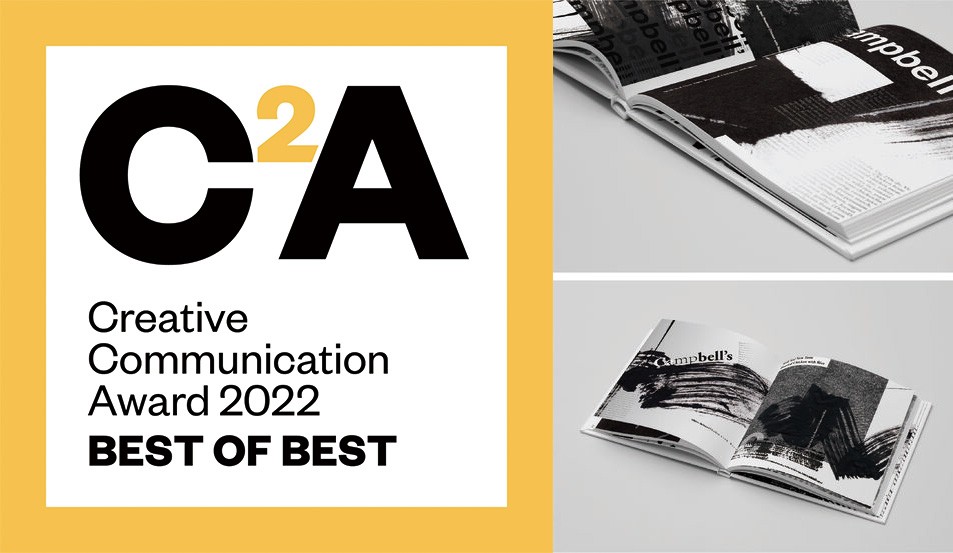
Alright – so here’s a fun one. What do you think about NFTs?
I have always had a positive attitude toward the development of the NFT industry. I have been working on a design project on the theme of metaverse since 2021, and I continue to follow the development of Web 3.0-related industries and projects, and it is only natural that NFT is an essential part of it.
NFTs are being used as a new way to sell and trade digital art, as they can provide a way to prove ownership and authenticity of a digital artwork or asset.
Some people view NFTs as an innovative and exciting way for artists and creators to monetize their digital creations, as it allows them to sell and distribute their work without intermediaries and with the ability to receive royalties. However, others are critical of NFTs, arguing that they contribute to the digital art market’s inflation and have a high environmental impact due to the energy usage required for the blockchain verification process.
So, in general, I support the development of new industries and the exhibition and sale of artworks in new digital media. But the impact of NFT on the art world and the digital economy remains uncertain as a unique art industry that is relatively new and continues to evolve with much room for improvement. The use and adoption of NFT will likely continue to be debated and evolve as the technology and market mature. But it is sure to be popularized and refined.
Contact Info:
- Website: www.yuedong.work
- Instagram: https://www.instagram.com/yuedong_graphic/?hl=en
- Linkedin: https://www.linkedin.com/in/yue-d-b872abaa/
Image Credits
picture 1: Adapted to question 1 picture 2/3/4: Adapted to question 2 picture 5/6/7: Adapted to question 3 picture 8: Adapted to question 4


